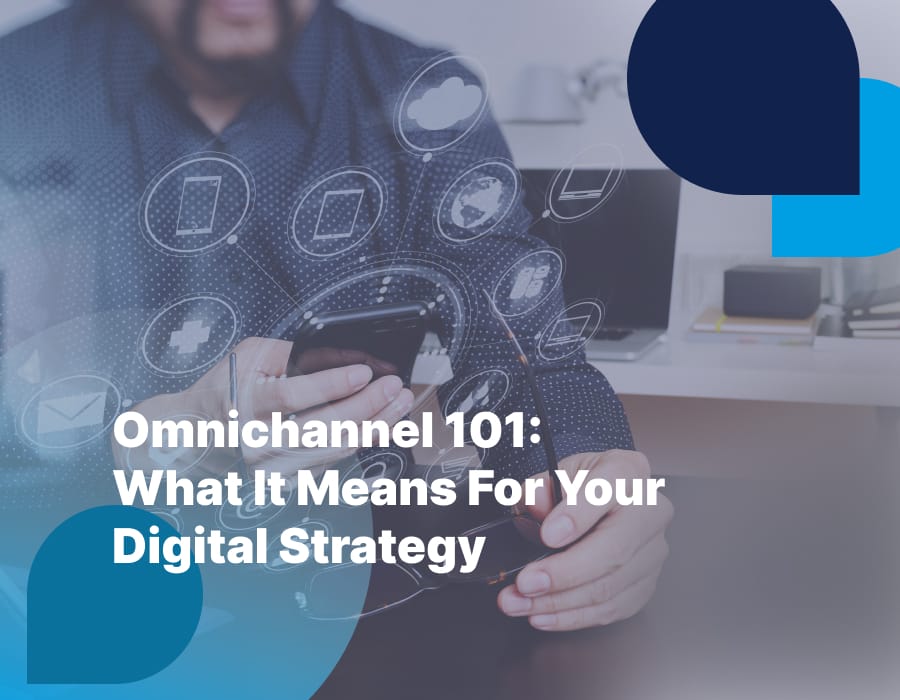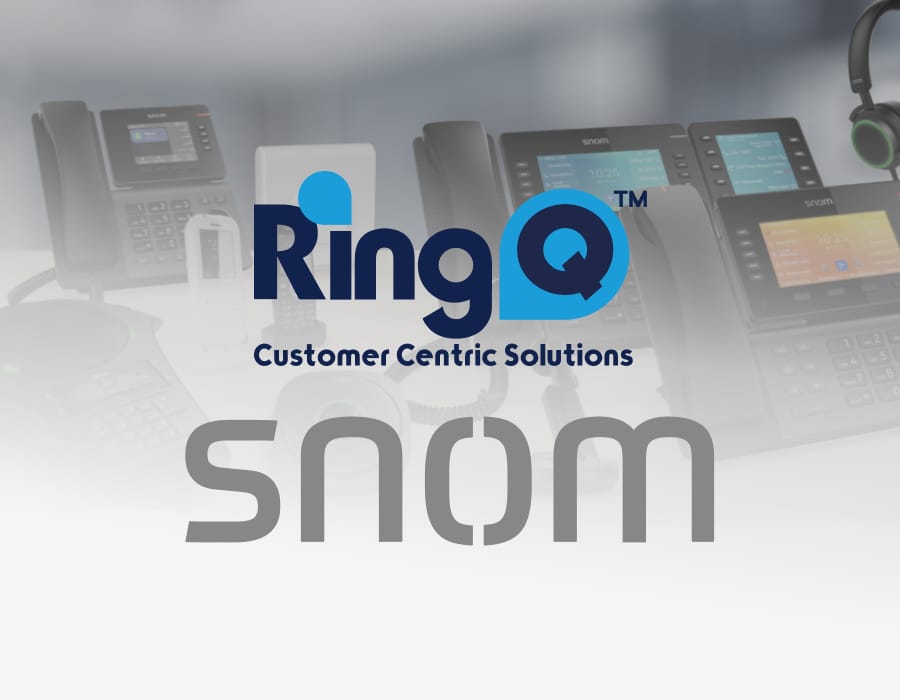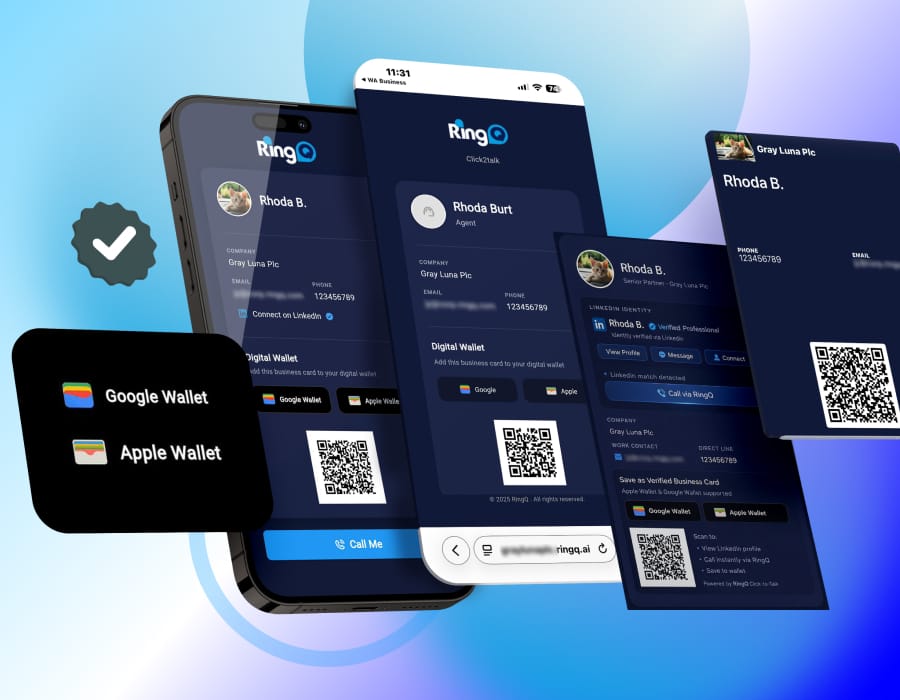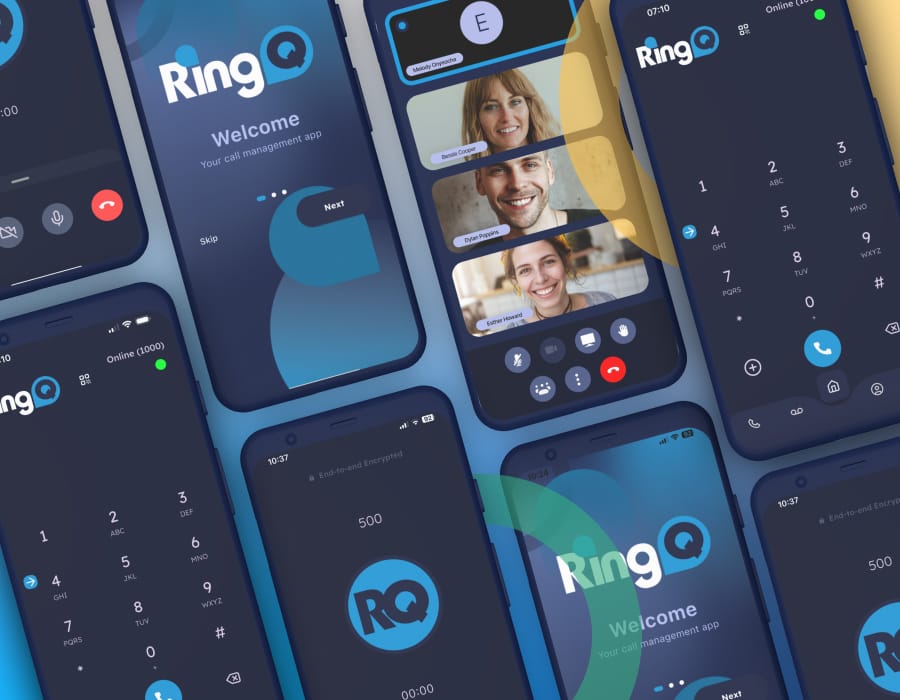Omnichannel 101: What It Means for Your Digital Strategy

Customer journeys have never been more complex. A single purchase might start with a social media post, continue through a website visit, shift into a live chat conversation, and end with an in-store pickup. Businesses that treat each interaction as isolated risk creating a fragmented experience that frustrates customers and weakens loyalty.
This is where digital transformation omnichannel strategies come into play. Omnichannel isn’t just another marketing trend—it’s a way of connecting every touchpoint into one seamless journey. By aligning channels, centralizing data, and creating continuity, businesses can transform how they engage customers and position themselves for long-term success.
What is Omnichannel?
Omnichannel means delivering a unified and consistent experience across every customer interaction point. Unlike multichannel, which offers several disconnected communication paths, omnichannel ensures all those paths are integrated.
For example, a customer might:
- Discover your product on Instagram.
- Research details on your website.
- Chat with an agent via your app.
- Follow up through email.
- Complete the purchase in-store.
With an omnichannel approach, each of those steps feels connected. The agent knows what was browsed online, the email acknowledges the chat, and the store team has access to the full history. The customer enjoys one continuous journey instead of disjointed touchpoints.
Why Omnichannel Benefits Businesses
A digital transformation omnichannel approach delivers advantages that go far beyond convenience:
1. Better Customer Experience: Frictionless transitions between channels make interactions easier and more satisfying.
2. Increased Loyalty: Customers feel recognized and valued when their history carries across every touchpoint, encouraging repeat business.
3. Higher Conversions: Omnichannel customers spend more and convert at higher rates because they receive consistent messaging and support.
4. Stronger Insights: Consolidated data provides a 360-degree view of behavior, enabling smarter decisions in sales, marketing, and service.
5. Greater Efficiency: Teams work from a unified system, avoiding duplicate work and improving collaboration.
How Omnichannel Works in Your Digital Strategy
Making omnichannel part of your digital strategy is essential to achieving digital transformation omnichannel goals. Here’s how to build it in:
Map Customer Journeys
Identify where customers engage most—social, email, chat, SMS, or in-person—and focus on those channels first.
Centralize Data
Use platforms that integrate communication into one place. This ensures context isn’t lost when customers switch channels. With RingQ, businesses can consolidate calls, chat, video, and messaging in a single platform—making customer engagement seamless.
Personalize Engagement
Leverage customer history and behavior to deliver tailored messages and recommendations. RingQ’s analytics and reporting tools give teams the insights needed to create highly personalized interactions.
Automate and Scale
Automation and AI can route queries, send personalized offers, and handle routine tasks, freeing teams for higher-value interactions. RingQ’s smart routing and AI-powered support features make scaling customer engagement effortless.
Measure and Refine
Track key metrics—response time, satisfaction, retention, and conversion—to continually improve. With RingQ’s unified dashboard, businesses can measure performance across every channel in real time.
Why Omnichannel is Core to Digital Transformation
Digital transformation is about more than adopting new tools—it’s about reshaping the way a business operates to match evolving customer expectations. Omnichannel is a cornerstone of this shift because it unifies people, processes, and technology into a single strategy.
Without it, customer journeys remain fragmented. With it, brands can deliver consistency, personalization, and trust across every interaction. Platforms like RingQ make this possible by giving businesses the technology foundation they need to grow without losing sight of the customer experience.
Much to Lose More to Gain
Omnichannel isn’t optional for businesses that want to stay competitive—it’s essential. By weaving it into your digital transformation omnichannel strategy, you create experiences that customers remember, return to, and recommend.
With RingQ, businesses don’t just adopt omnichannel—they master it. From seamless communication to powerful analytics, RingQ ensures that every customer interaction contributes to a consistent and memorable journey. The result? Stronger relationships, better insights, and sustainable growth in a marketplace where seamless engagement is the ultimate differentiator.









